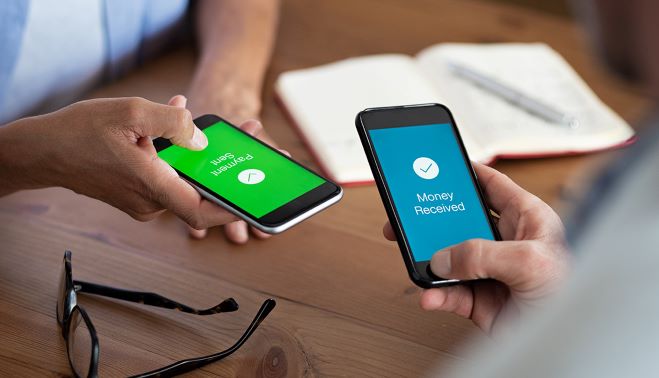Beware of Cash App Scams
Money transfer apps including Cash App, Zelle, and Venmo have gained popularity during the pandemic as people seek contactless ways to exchange money. These Peer-to-Peer (P2P) payment platforms make it convenient to send someone money directly from your linked checking account. Unfortunately, they also can be an easy way for scammers to put your finances at risk. It is crucial that you use precaution when sending money, just as you would if sending cash.
P2P Mobile apps are designed for payments between friends and people who know and trust one another. These digital payment services are becoming an increasingly popular channel for scammers to target unsuspecting victims to send cash to strangers for seemingly legitimate purposes. Scammers want to get your money in a way that’s quick and makes it hard for you to get your money back. P2P apps should not be used to send payment to another user for goods. If you’re not comfortable giving this person a hundred-dollar bill, then don’t P2P $100 to him.
Scammers may also ask you to send money through a P2P payment app. If you get an unexpected email or text message that asks you to send money, don’t click on any links. Log in to the app itself to verify if you have any requests for money. If you don’t, the email or text is probably a scam.
Many people assume their payment apps offer protections similar to those of credit or debit cards, but that is not the case. By law you’re not liable for more than $50 of fraudulent charges made with your credit card. However, many P2P transactions linked to bank accounts are instantaneous authorized payments and irreversible. Here’s the bottom line: Once the money is sent, it’s gone and you do not have a legal right to get it back.
You don’t need to give up on the convenience of mobile payment apps just yet, but by learning how to protect yourself and recognize the red flags you can protect yourself from these scams.
Here are tips to protect yourself:
- – Never send or receive payments from someone that you do not know
- – Don’t use them to purchase products. If an online retailer requires payment via a P2P payment service, it’s probably a scam.
- – P2P payment systems require access to your financial information, so protect your personal information by setting up security features. Create a personal identification number (PIN), use multi-factor authentication whenever possible and utilize email and text notifications so that you will be notified of any suspicious behavior.
- – Double-check the address, username or phone number of the person you are trying to send money to. If you make a mistake and send the money to the wrong person, all you can usually do is request the money back and hope that the person does the right thing.
If you believe you have fallen victim to a mobile payment app scam, you may be able to contact the app’s support to file a dispute. You can


